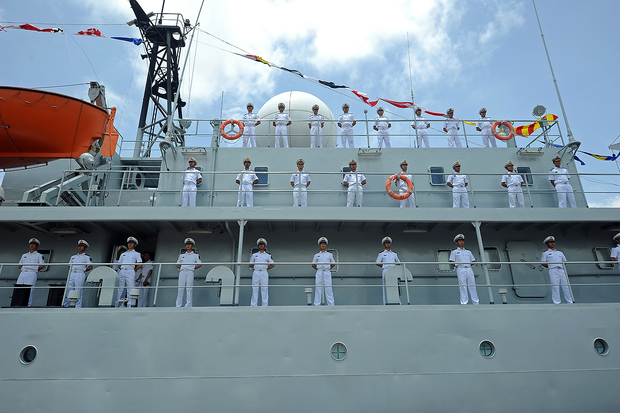August 30, 2016
“I wouldn’t recognise the Balochistan problem if it hit me in the face.” These were words spoken by Henry Kissinger during a mission to Pakistan on behalf of the Kennedy Administration in 1962. The words seem oddly out of place today, for suddenly Balochistan is the subject of protracted debate in the Indian and Pakistani media, following the references made in Prime Minister Narendra Modi’s Independence Day speech from the ramparts of the Red Fort in Delhi.
A new Great Game
Do the Prime Minister’s words portend a New Age in India’s foreign and security policy? Are they moves on some grand chessboard? The days of that “period piece” as some have called it, the Great Game, may be behind us, but as a metaphor there is still a frisson that the term evokes. In what Kipling called the grand Asiatic disorder of our region, India is still the strategic centre, and our policies and actions will determine the future course of stability in South Asia.
There has long been the view that we as Indians should avoid introversion when it comes to dealing with the world and the problems that challenge us. K.M. Panikkar, one of our earliest modern strategic thinkers, was dismissive about pacifism in Indian thought, saying that while Ahimsa was a great creed, the “Hindu theory at all times” was one of active assertion of the right, if necessary through the force of arms. “Wake, be thyself, scourge thy foes” was the teaching of Krishna in the Gita. Indian freedom, in his words, could be “achieved and upheld only by firmly deciding to shoulder our share at all costs in the active defence of the areas necessary for our security”.














